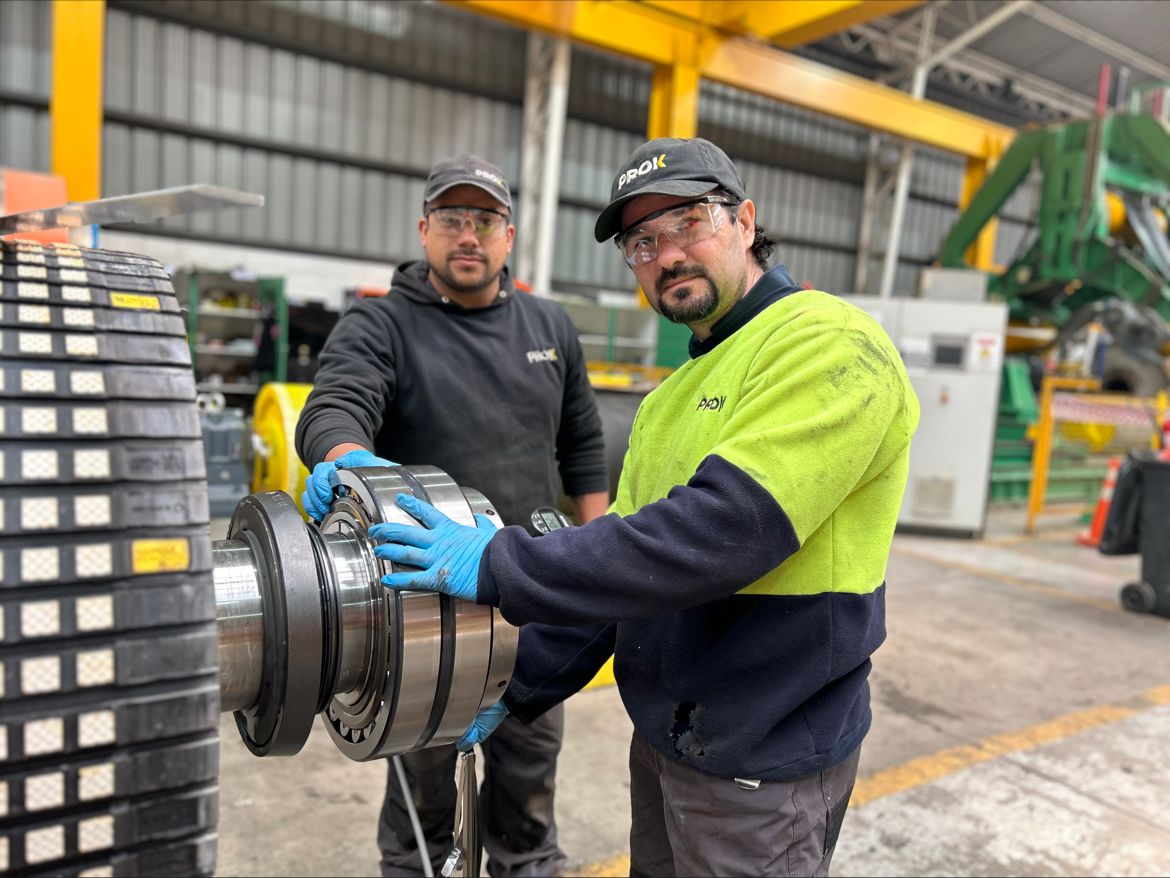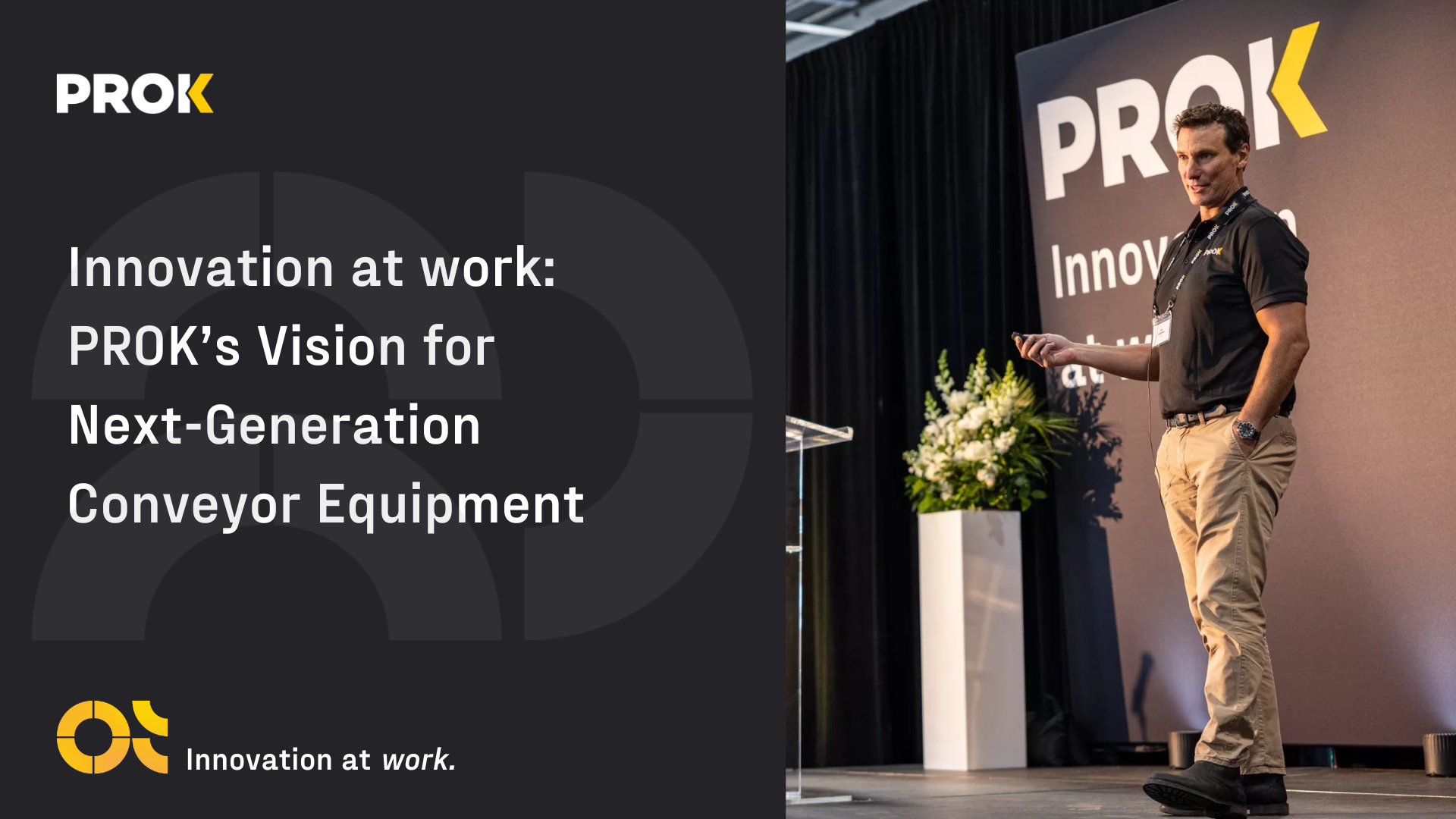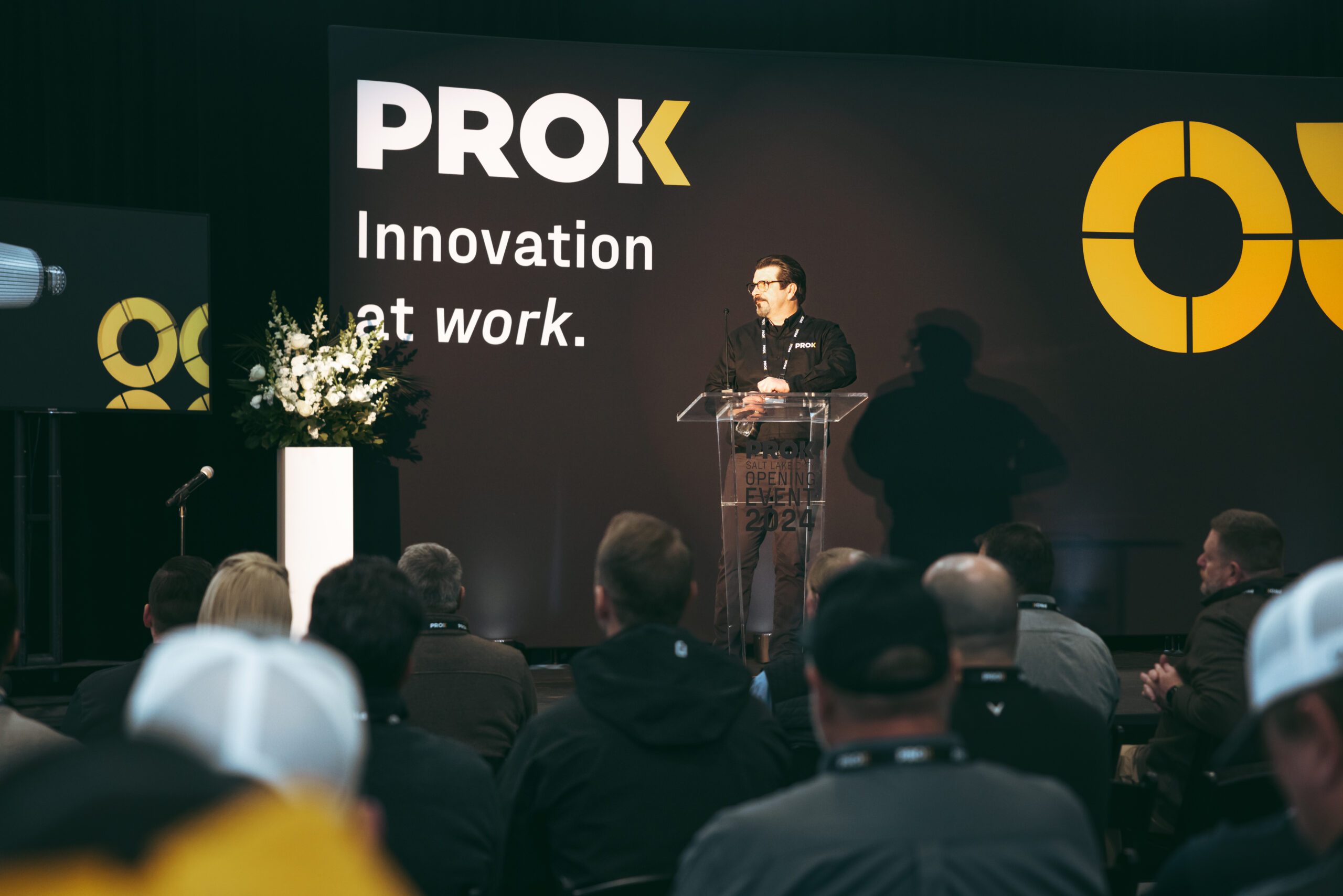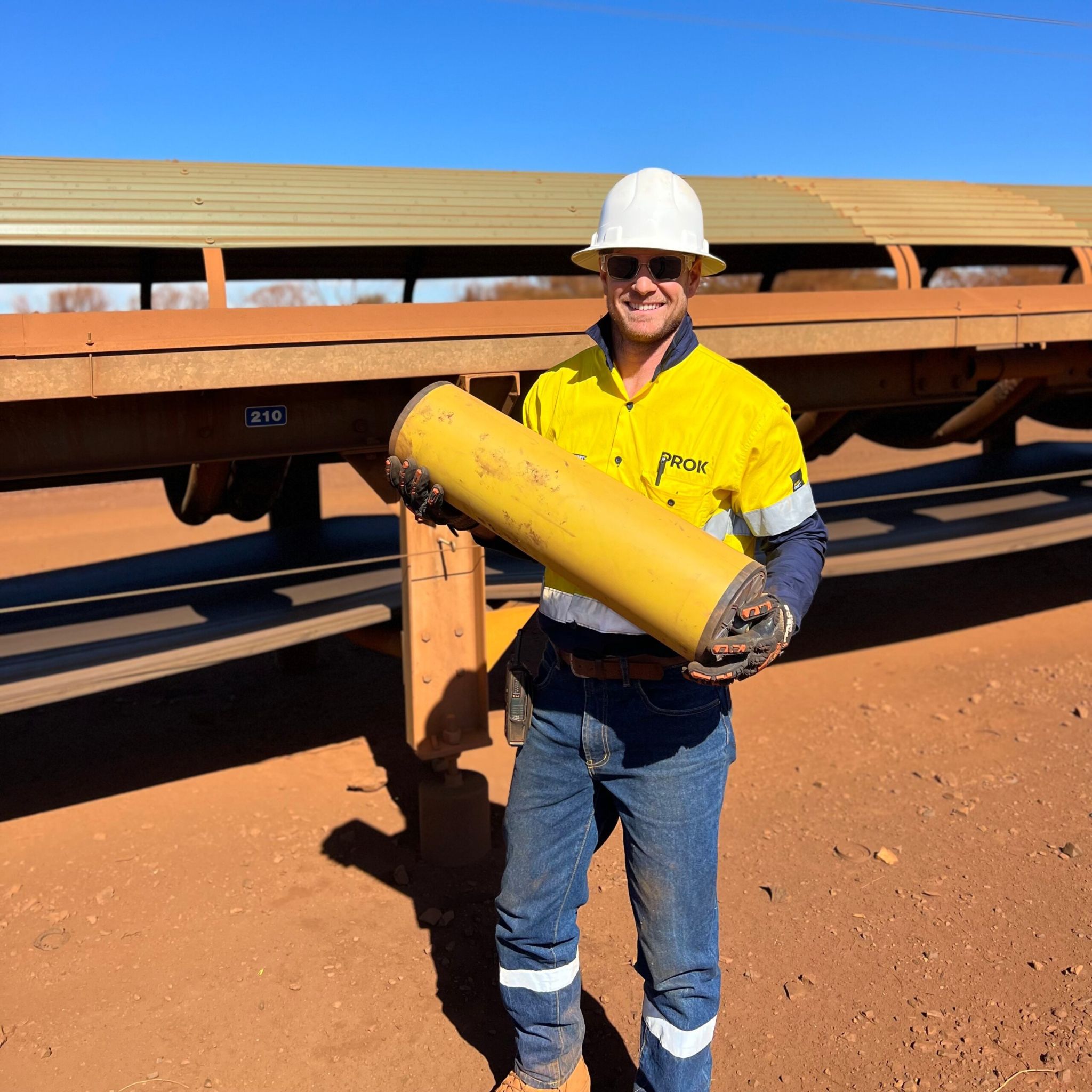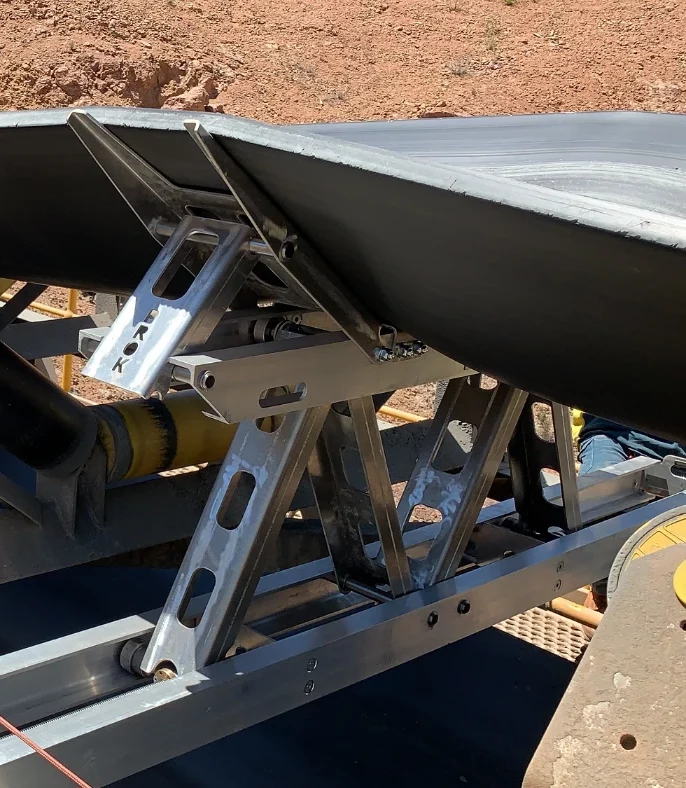Conveyor Pulley bearing failure is a common maintenance challenge encountered on most mine sites on a daily basis. When a bearing fails, eventually it means the conveyor will need to stop in order to repair or change out the entire pulley. This is a costly exercise and interrupts production.
So what are some of the factors to consider when managing pulley bearing failure?
We explore some of these below.
Conveyor alignment issues
Conveyor alignment issues occur when the conveyor belt does not align with its intended path and can have an impact on the overall performance of a conveyor pulley.
Excessive misalignment will result in seal wear and eventual seal failure that then allows contaminants into the housing. It can also reduce the internal clearance inside the bearing which leads to increased noise and heat generation resulting in quicker wear of the rolling elements and a quicker breakdown of the grease inside the bearing.
Installation alignment is very important.
Excessive installation misalignment reduces the allowable amount of shaft deflection that may have been allowed for in the pulley design.
Reputable, experienced installers need to be utilised and the vertical and horizontal alignment kept within 2mm for the common pulley housings.
Factory acceptance vibration tests in the factory provide a baseline vibration level and can detect internal bearing faults before reaching the customer to be installed in the conveyor, preventing bearing failure later on.
Bearing contamination
Contamination can occur from poor seal design, a lack of good maintenance practices resulting in insufficient grease and aggressive water-spray cleaning.
This can be minimised with a premium contact seal arrangement.
- Labyrinth seals are dependent on a continuous grease purge to flush contaminants away from the housing.
- A good seal should incorporate a combination of a labyrinth with a contact seal and should have its own grease point
- Mechanical seals can be used in extreme problem or critical areas of the conveyor
In addition to the seals on the housing, sealed spherical rollers are becoming more prevalent for many miners. This adds an additional sealing layer to give a 3-barrier solution: the housing seal, grease in the housing and the sealed bearing.
Excessive grease fill at a single time can also lead to increased contamination by damaging or moving a contact seal. Sealed bearings should be provided with an automatic re-greasing solution to avoid damaging the seals by pushing too much grease through them.
Protective coatings
The use of protective coatings can also assist to protect the bearing from contaminants.
Enviropeel is a unique re-usable thermo-plastic barrier coating system that prevents against ingress of moisture and contaminants by forming a perfectly fitting and durable barrier.
PROK performs this enhanced protective coating spray on application for non-drive and drive pulley bearings and drive pulley shaft extensions.
It provides a long-term active protection for extended life for conveyor pulleys.
Increasing bearing life = increased ROI
Besides being unsafe, pulley bearing failures can have catastrophic consequences and take extended periods of downtime to repair. Once the belt stops, production stops so understanding and managing this common pulley failure mode will have a positive impact on a mining companies bottom line.
Investing in high quality engineered pulleys and trusting an experienced OEM with your pulley requirements makes good business sense. The result is increased safety, lower weight, longer life and improved reliability.
PROK’s team of experienced engineers can assist in making sure you are getting the most out of your pulley investment.


